
Tag Archives history

Visit rural Manitoba’s historic churches
Buildings and cemeteries hold much historical information and some are designated heritage sites

Area historian provides look at settlers of Olha region
‘Stalwart peasant’ is focus of Ed Stozek’s new documentary
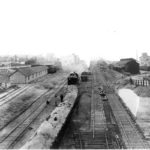
Brandon CPR yard a snapshot of history
Close examination of this photo reveals much of early life in the Wheat City

The Peter and Duncan Henderson outfit
These early Boissevain-area settlers were noted threshermen of their day
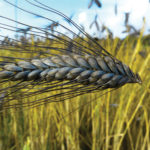
Early intervention
Humans appear to have influenced crop plants far earlier than previously understood
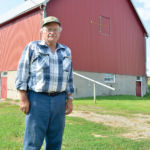
Dodds family marks centennial of unique barn, history of farm
It’s been 100 years since Arthur Drummond built a banked barn on his yard site northwest of Brandon. Now, the latest generation of the family, Cameron and Bea Dodds, are marking its centennial

PHOTOS: This Old Elevator: August 2017
The Manitoba Historical Society wants to gather information about all the grain elevators in Manitoba
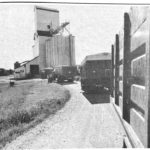
Grain elevator lineup “longest day of the year”
Our History: August 1991

John Deere during the pioneer days in Manitoba
Deere’s Prairie distribution was performed by a local company in the early years of the wheat boom
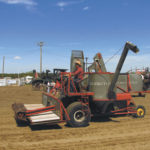
Manitoba’s golden years for agriculture
Canada 150: The two decades following the Second World War saw massive changes to Manitoba farms, and the following years those changes continued unabated


